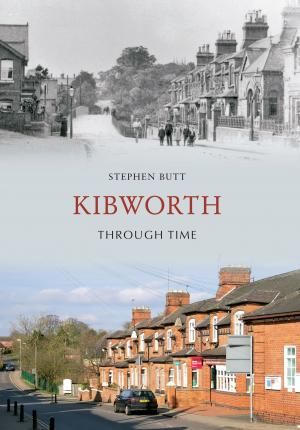Swindon Old Town Through Time
Nonfiction, Art & Architecture, Photography, Pictorials, Travel, History| Author: | Mark Child | ISBN: | 9781445631264 |
| Publisher: | Amberley Publishing | Publication: | August 15, 2012 |
| Imprint: | Amberley Publishing | Language: | English |
| Author: | Mark Child |
| ISBN: | 9781445631264 |
| Publisher: | Amberley Publishing |
| Publication: | August 15, 2012 |
| Imprint: | Amberley Publishing |
| Language: | English |
Old Town, the original Swindon, developed slowly and modestly throughout the medieval period, on a hill some 450 feet above sea level. By the middle of the nineteenth century, it was still a small country town. Almost every worker was employed in some form of agriculture, or as a servant to the gentry who were beginning to build their villas a decent distance from the low, thatched cottages and the traders' premises at its centre. The railway arrived in 1840 and changed all that. As the new industrial town snarled and snapped at the foot of the hill, Old Town remained self-contained and independent. It expanded slowly, advancing inexorably towards that watershed in its future when the old settlement and the new town would conjoin physically and administratively, allowing the latter to dominate. Yet Old Town is still a place apart within the conurbation; it is where Swindon began and where its history can best be felt.
Old Town, the original Swindon, developed slowly and modestly throughout the medieval period, on a hill some 450 feet above sea level. By the middle of the nineteenth century, it was still a small country town. Almost every worker was employed in some form of agriculture, or as a servant to the gentry who were beginning to build their villas a decent distance from the low, thatched cottages and the traders' premises at its centre. The railway arrived in 1840 and changed all that. As the new industrial town snarled and snapped at the foot of the hill, Old Town remained self-contained and independent. It expanded slowly, advancing inexorably towards that watershed in its future when the old settlement and the new town would conjoin physically and administratively, allowing the latter to dominate. Yet Old Town is still a place apart within the conurbation; it is where Swindon began and where its history can best be felt.















